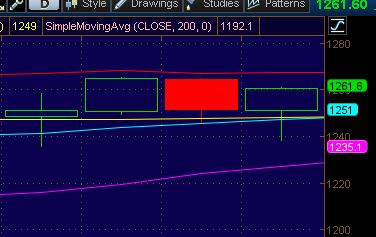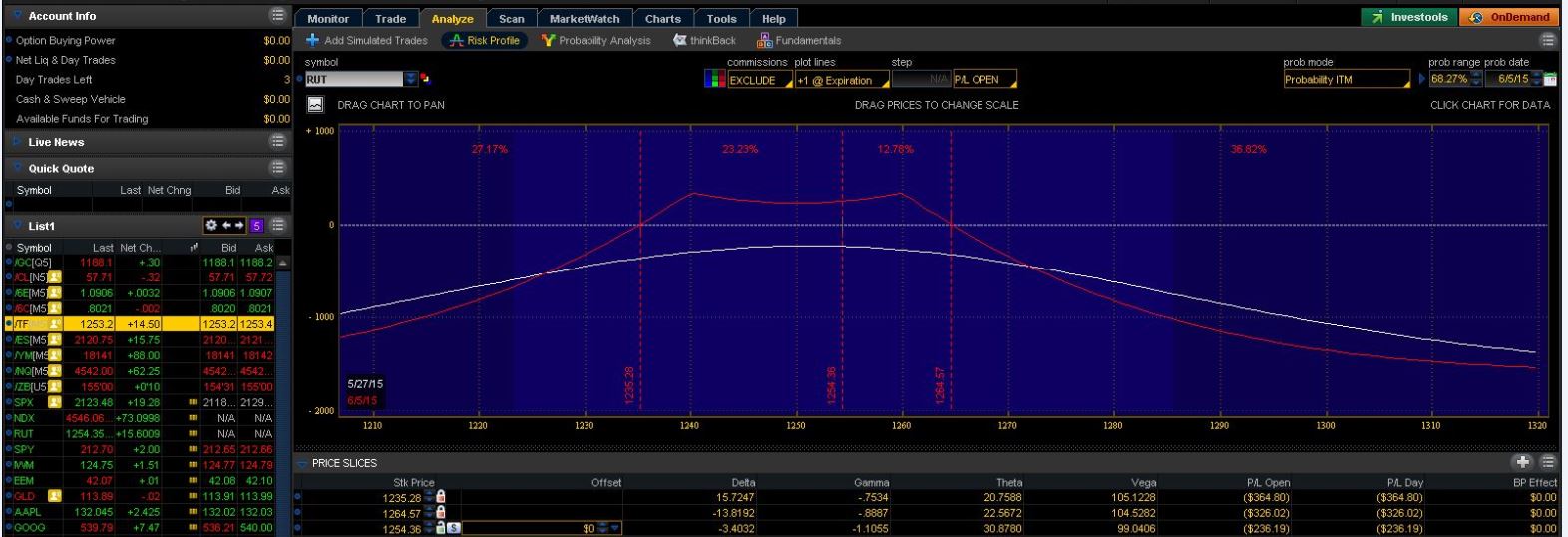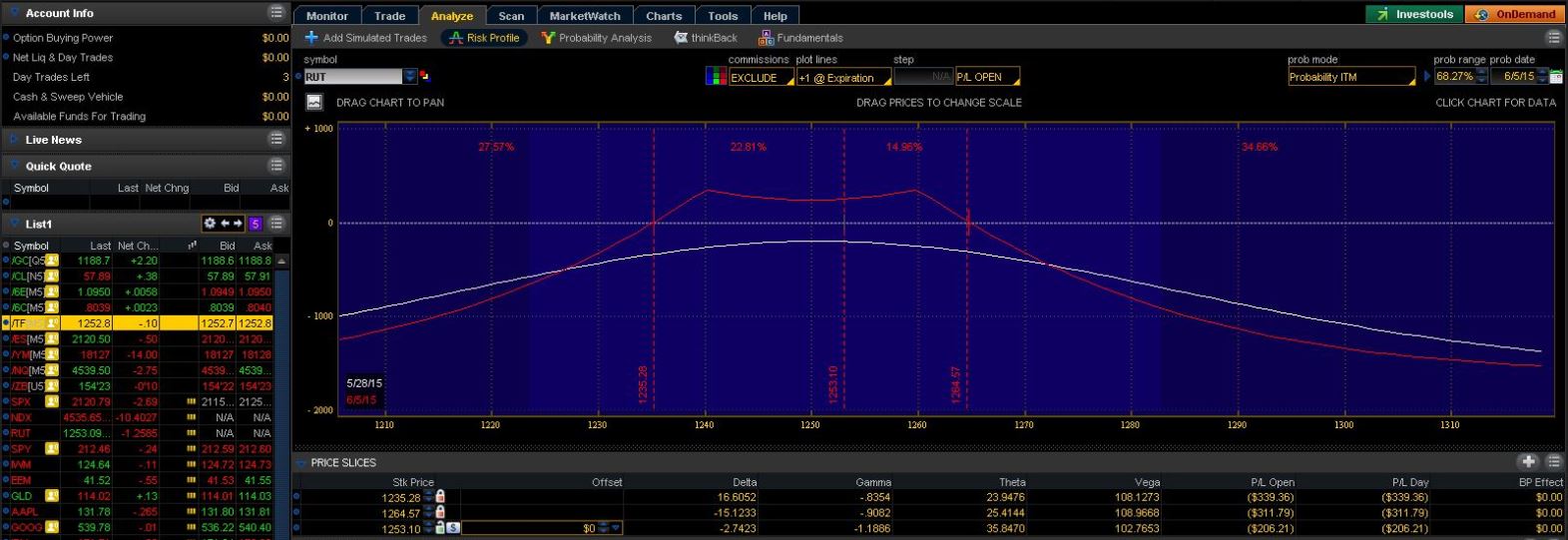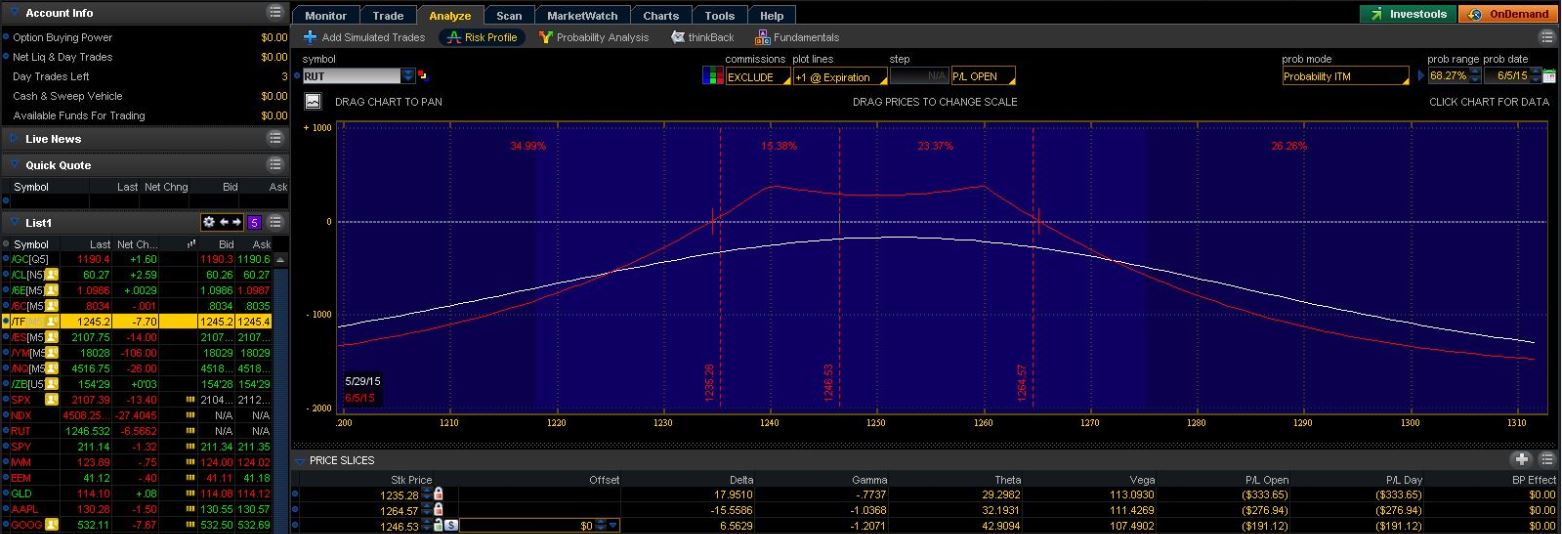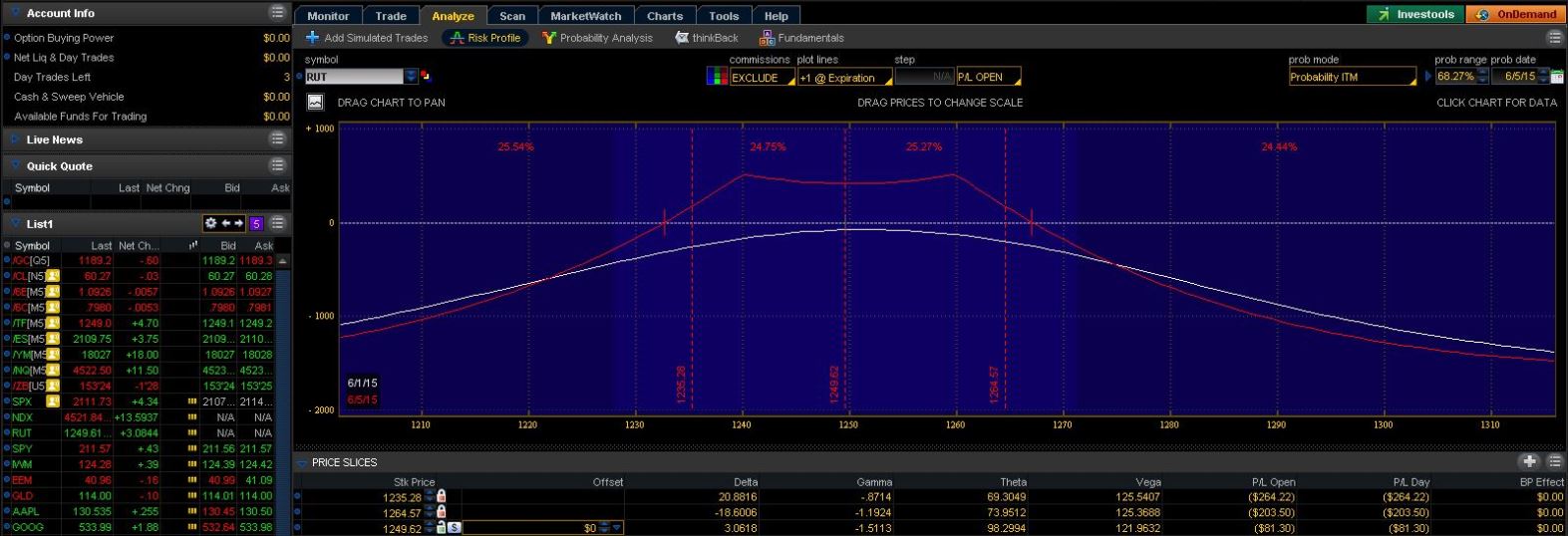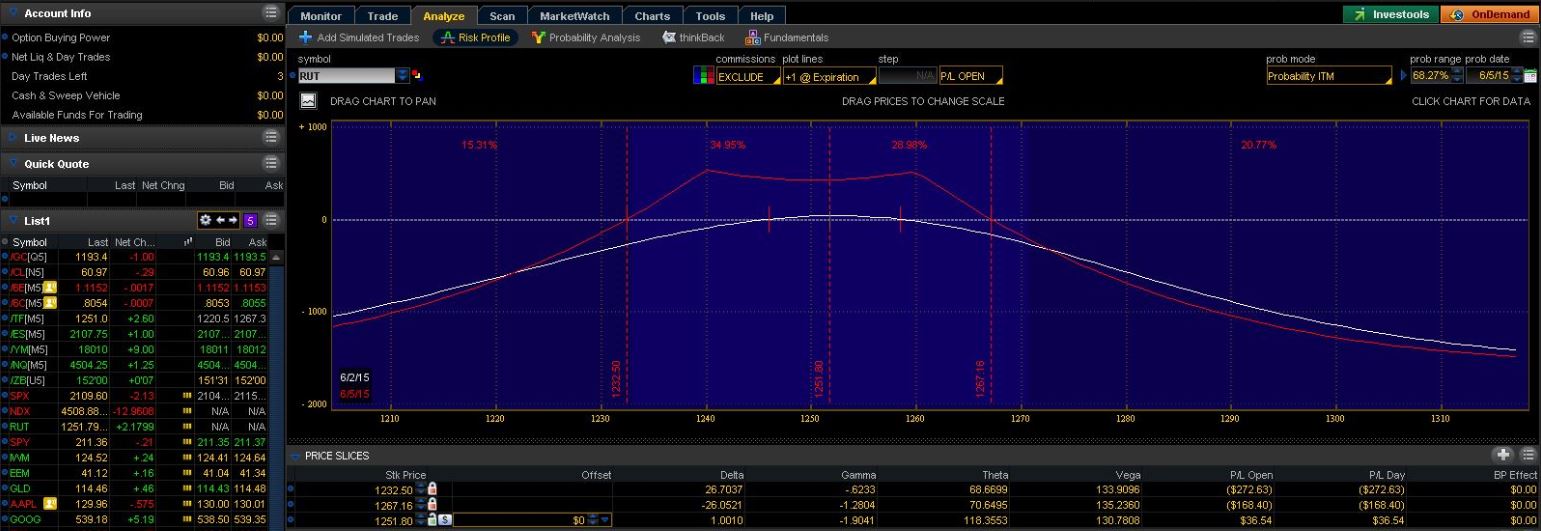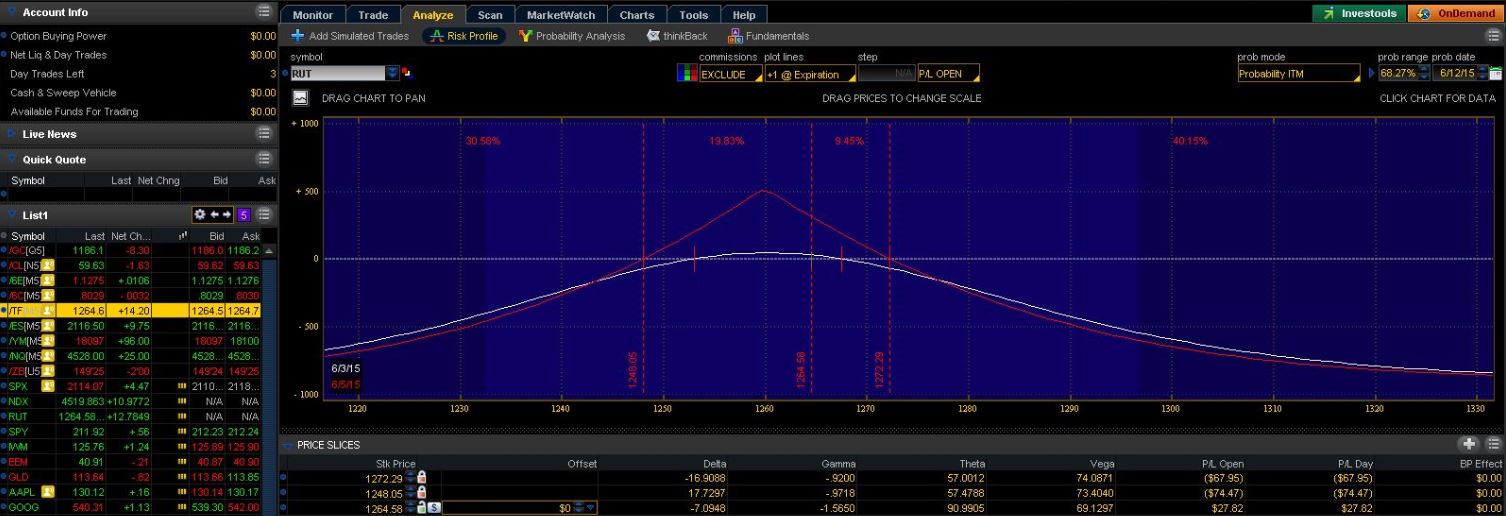Investing Meetup Report (Part 4)
Posted by Mark on June 26, 2015 at 06:00 | Last modified: June 17, 2015 10:39I left off explaining what the Meetup presenters did that left me wanting.
I just asked whether Dimensional Fund Advisors was a company like Blackrock.
For the record, I am very skeptical about the supposed “DFA advantage” that Dimensional Fund Advisors advertises. It was never my intent to argue about whose funds were better.
Rather than just saying “yes, DFA is another fund company,” they gave me an unnecessary/lackluster attempt at sales. By pooh-poohing DFA out of ignorance, they implied superiority of their product. This certainly doesn’t sound like an objective Fee-Only advisor to me. A Fee-Only advisor should do what is in my best interest and that would require knowing what else is out there! If they were going to deliver a sales pitch then they should have had a politically correct response why Blackrock is as good for me or better than DFA. Their ignorance does not mean theirs is better if they are simply fools.
And their ignorance did suggest to me that they may simply be fools. DFA has been a subject for discussion in Forbes, by CBS, on CNBC and MSNBC: they are world renowned. Their list of “Academic Leaders” (board members) is a veritable Who’s Who of options, investing, and risk analysis: Eugene Fama, Kenneth French, Robert Merton, Myron Scholes, Roger Ibbotson… are you kidding me?! How could our presenters not know about DFA? Despite my skepticism, even I am awestruck by the celebrity of DFA’s board members and the level of “expertise” they represent. To plead ignorance strikes me as utter incompetence on the part of the presenters.
I’ll wrap this up in the next post.
Categories: Networking | Comments (1) | PermalinkInvesting Meetup Report (Part 3)
Posted by Mark on June 23, 2015 at 07:31 | Last modified: June 17, 2015 10:38Last time I reviewed Mr. Know It All’s contribution to my recent Meetup experience. Today I discuss the presenters: a financial advisory team headquartered just across the street.
Yes, they were actually financial advisors! I can see your jaw on the floor so I’ll wait just a moment for you to pick that up.
One advertised purpose of this Meetup was to teach. How can they aim to teach gratis and work to financially advise us, which entails teaching for a fee? Without the fee, would they teach enough to enable us to invest on our own? No…
Another advertised purpose was for networking. Do they really want prospective investors to meet and potentially collaborate when that may preclude us from hiring financial advisors? No! Only if good feelings from meeting others translates to gratitude and perhaps the eventual hire of their company has the Meetup achieved its true marketing purpose.
For these reasons, I consider this Meetup to be a significant conflict of interest. If the organizers knew beforehand that no Meetup attendees would ever become clients then I doubt they would ever spend the money to create and fund this group.
In the presentation, one topic they discussed was “questions to ask potential financial advisors.” They discussed Commission-Only, Fee-Based, and Fee-Only advisors. They were eager to identify themselves as Fee-Only advisors. They said Fee-Only advisors have a fiduciary responsibility to the client and don’t make money off the particular funds sold. Fee-Only advisors pursue the client’s best interests at all times.
For me, the presentation fell apart when I asked about Dimensional Fund Advisors (DFA). I noticed their slides had “Blackrock” (a financial services company) in the lower left-hand corner. I asked if DFA is a competitor of Blackrock. The speaker looked around at his two colleagues and shrugged his shoulders. He explained something about how he sticks with the funds that trade in largest volume, that have the best and most experienced management, etc. He did not answer my question nor did he even acknowledge DFA.
What is wrong with this picture?
Categories: Networking | Comments (1) | PermalinkRUT Weekly Calendar Trade #9
Posted by Mark on June 19, 2015 at 06:40 | Last modified: June 17, 2015 11:47I opened my ninth weekly calendar trade Tuesday, June 9, at the 1250 strike. The market was at 1249 upon fill. I placed the order $0.05 off the midprice and caved another nickel after one minute. I got filled $0.05 off the then mark.
On the very next day, the market zoomed higher. I rolled one calendar to a 1275 call calendar with the market at 1268. The trade seemed to be down 15% in short order but the trade was now centered.
The market then traded sideways. My contingent order to close was triggered around 1:00 PM on Tuesday, June 16. This trade made about 12% in eight days.
Categories: Accountability | Comments (0) | PermalinkInvesting Meetup Report (Part 2)
Posted by Mark on June 17, 2015 at 06:17 | Last modified: June 17, 2015 10:37Today I continue reviewing a Meetup I attended earlier this week.
Three of the six attendees were totally new to investing. From speaking to many beginners over the years, they are often in search of “holy grail” type knowledge. As I compliment them for taking the time, they feel they are gaining edge over others who make no effort to learn. They seem motivated to soak up everything they hear and they seem to believe anyone who seems credible or authoritative.
Aside from the Organizers, Mr. Know It All seemed most credible the other night! He spoke dogmatically and two of the newbies were quite taken by his words.
Since Mr. Know It All mentioned that he trades futures, I went over to him afterward. I eventually interrupted his monologue and asked point-blank whether he makes money. He responded negatively. He said he’s retired, he does this “just as a hobby,” and he expects to lose.
This gambler’s mentality is not uncommon. Many people go to Vegas with hopes of striking it rich while expecting to lose. I hope most have a reasonable limit in mind of how much they will lose before they quit. Whether responsible or not with this limit, for someone like me who trades for a living this gambler’s mentality is appalling.
The problem I have with Mr. Know It All spouting “knowledge” to beginners is that he loses money. He clearly likes to talk and he enjoys when others listen but why should they: so they can lose money too? Unfortunately, I think people are often so ignorant about financial literacy that even if told someone loses money they will listen anyway. At the very least, beginners may figure he’s further along the path to wealth than they are so they might as well grab onto his coattails.
We really don’t know if Mr. Know It All is on the rainbow walking toward the pot of gold or whether he is caught in a vicious cycle with a mistaken belief that every subsequent loss teaches him something critically new. As an irresponsible gambler, he may be prepared to lose all his money until he starts to see gains and no beginner should ever be exposed to toxicity like this.
Categories: Networking | Comments (5) | PermalinkInvesting Meetup Report (Part 1)
Posted by Mark on June 15, 2015 at 06:49 | Last modified: June 17, 2015 10:36I have attended several trading/investing Meetups over the years. Because I perceived an inherent conflict of interest between the Organizers and the attendees, I used to be very put off by these events. I have since developed an appreciation for networking in this business, however.
The other night, I attended a new Meetup. The advertisement for this Meetup specifically included a time slot for networking. This felt different to me. For this reason and the promise of free appetizers, I decided to go.
In the end, I found this Meetup to be very typical of others in my experience. I will review the evening in this blog series.
I arrived 15 minutes early and found the auditorium to be locked. An older man, dressed business casual in a coat and button-down shirt, was also present. He was another attendee and in short order he began spouting off “knowledge” about the markets, how investments work, ETFs, etc. I didn’t ask any basic questions or do anything to suggest I was looking for him for any answers.
This guy definitely fell into the “know-it-all” classification. He started talking about “market truths.” First, everything about the markets is random. Things have a 50/50 chance of going up or down. Second, over the long-term things will go up. “Believe in the power of humanity,” he suggested. Believe that innovation and productivity will continue, earnings will grow, new inventions will be created, etc. I wonder if this guy had ever seen a dystopian movie?
His third truth was John Maynard Keynes’ “markets can remain irrational longer than you can stay solvent” concept. I asked if he was therefore a trend-follower.
“Absolutely,” he said.
“What happens when the markets revert to the mean?”
“Well sometimes when you have a fractal trading within a fractal and something gets overextended…”
I’m not kidding: he honestly started talking about a fractal within a fractal. I could virtually see the stinky brown, gushy stuff overflowing from his brain compartment.
I will continue in the next post.
Categories: Networking | Comments (3) | PermalinkRUT Weekly Calendar Trade #8
Posted by Mark on June 10, 2015 at 07:05 | Last modified: June 10, 2015 10:19I opened my eighth weekly calendar trade Tuesday, June 2, at the 1250 strike. The market was at 1251 upon fill. I placed the order at the mid and got filled immediately.
Here was the market price action during this trade:
With the market moving sideways, this position was like manna from heaven. I closed the position Friday morning. This trade made ~10% in four trading days.
Thus far, eight trades have seen me profit on six and lose on two. My average return is +0.57%, which is better than losing!
Categories: Accountability | Comments (0) | PermalinkCalendar Calculations
Posted by Mark on June 9, 2015 at 07:03 | Last modified: June 10, 2015 10:01Trading can be challenging especially when trying to manage the heat of a moment. In reading lots of material and hearing even more discussion, I find people rarely discuss actual trading details. As opposed to “optional activities,” trading activities include: reading and manipulating charts, running stock/option screens, recording trades, modeling positions, entering orders, and keeping abreast of what needs to be executed when. Perhaps the most important trading activity is the application of simple arithmetic.
Here is my spreadsheet from my last calendar trade:
The “Premium” column shows prices. First, I bought two 1240 put calendars for $7.60 each. I then rolled one to the 1260 call strike for $0.84 resulting in a double calendar. If I want to exit for a 10% profit, what price do I require to close?
At first I thought this was simple: ($7.60 + $0.84) * 1.1 = $9.29 [1]
Wrong. As a combination of two calendars, the double calendar price should be much higher.
Perhaps the answer is ($7.60 + $0.84) * 1.1 * 2 = $18.57 [2]
Wrong again.
Let’s look at the “Amount” column to see if we can figure it that way.
$1,522.70 + $86.44 = $1,609.44 [3]
$1,609.44 * 1.1 = $1,771 [4]
$1,771 / 100 = $17.71
Check:
Profit = $1,771 – $1,609.44 = $161.56
$161.56 / ($1,522.70 + $86.44) = 0.10, or 10%.
Yay!
What was so hard about this? Didn’t I do the same thing with [3] / [4] as I did with [2]?
If I overlay [2] and [3]:
($7.60 + $0.84) * 1.1 * 2 = $18.57 [2]
$1,522.70 + $86.44 = $1,609.44 [3]
How are these different?
The two calendars [2] are $7.60 * 100 * 2 = $1,520, which is about $1,522.70 [3] without transaction fees.
Rolling one for $0.84 [2] should be $0.84 * 100 * 2 = $168, which is not $86.44 [3]. Why?
This is the mistake. The initial cost of $7.60 must be multiplied by two to account for both calendars. The subsequent cost of $0.84 is the entire roll of four contracts traded: no need to multiply by two.
In fact, if I take half of the roll debit and calculate:
($7.60 + ($0.84 / 2)) * 1.1 * 2 = $17.64
If I multiply that by $100/contract then I get $1,764, which is about equal to $1,771 [4] minus transaction fees.
Trading platforms usually do not track running profit/loss of positions. As traders, we must have a reliable means to do this simple arithmetic if we want to make money rather than lose it.
No experienced trader ever said this was easy; here is another House advantage the markets use to take our money.
Categories: Option Trading | Comments (0) | PermalinkRUT Weekly Calendar Trade #7 (Part 2)
Posted by Mark on June 8, 2015 at 05:44 | Last modified: June 10, 2015 09:43I have been reviewing my JunWk1 calendar trade. Having made two adjustments and holding into the day of trading, how did this turn out?
Let me point out one key detail about holding this trade into expiration Thursday: my risk was significantly lowered. The last trading day is exceedingly dangerous for a trade like this because negative gamma can increase exponentially. In looking at the risk graph, I thought I could achieve my 10% profit target with just one calendar in place. I therefore closed the second put calendar rather than rolling it. This halved my gamma and were the market to make a huge gap move to put the calendar at max loss, I would have already closed one of the calendars for a reasonable price.
On expiration Thursday, my contingent order to close was triggered around 11:10. This position gained 10% in nine days.
This trade demonstrated some important points about profit target calculation. I will talk about that in my next post.
Categories: Accountability | Comments (1) | PermalinkRUT Weekly Calendar Trade #7 (Part 1)
Posted by Mark on June 5, 2015 at 06:18 | Last modified: June 5, 2015 12:35I opened my seventh weekly calendar trade Tuesday, May 26, at the 1240 strike. I placed the order at the mid and caved $0.25 over six minutes to get filled.
The market bottomed out at 1233 before moving sharply higher on Wednesday. At that time I rolled one 1240 calendar to a 1260 call calendar. I placed this order $0.90 over the midprice and was filled one minute later $0.39 off the then mark.
This was horrible execution and quite honestly, I’m still not sure how best to handle it. With trades like these, I’m looking at a 4-legged beast on my brokerage platform with the bid and ask straddling zero. The way it gets displayed, I sometimes have trouble calculating the midprice and determining an initial limit order.
At the close, this position was centered but down about 15%. Let’s look at some EOD risk graphs starting with 5/27:
Trade down about $236. On 5/28:
Trade down about $206. On 5/29:
Trade down about $191. On 6/1:
Trade down about $81. On 6/2:
Trade up about $36.
The market rallied on 6/3 and hit my upper strike. By the time I closed the put calendar, the market was at 1261.43 (yet more slippage!). This seemed to be a very late adjustment being Wednesday of expiration week. Two trades ago, I debated whether this weekly calendar should be held into Thursday at all. Consequent to that discussion, I decided I really had no experience with this yet so I should be willing to try it a few times if necessary to see what happens.
At EOD of 6/3:
Trade up about $27.
Thursday would be the last day of trading before expiration. Like Game 7 of a Stanley Cup Playoffs series, the drama builds. For all the marbles:
I’ll show you what happened in my next post.
Categories: Accountability | Comments (1) | Permalink